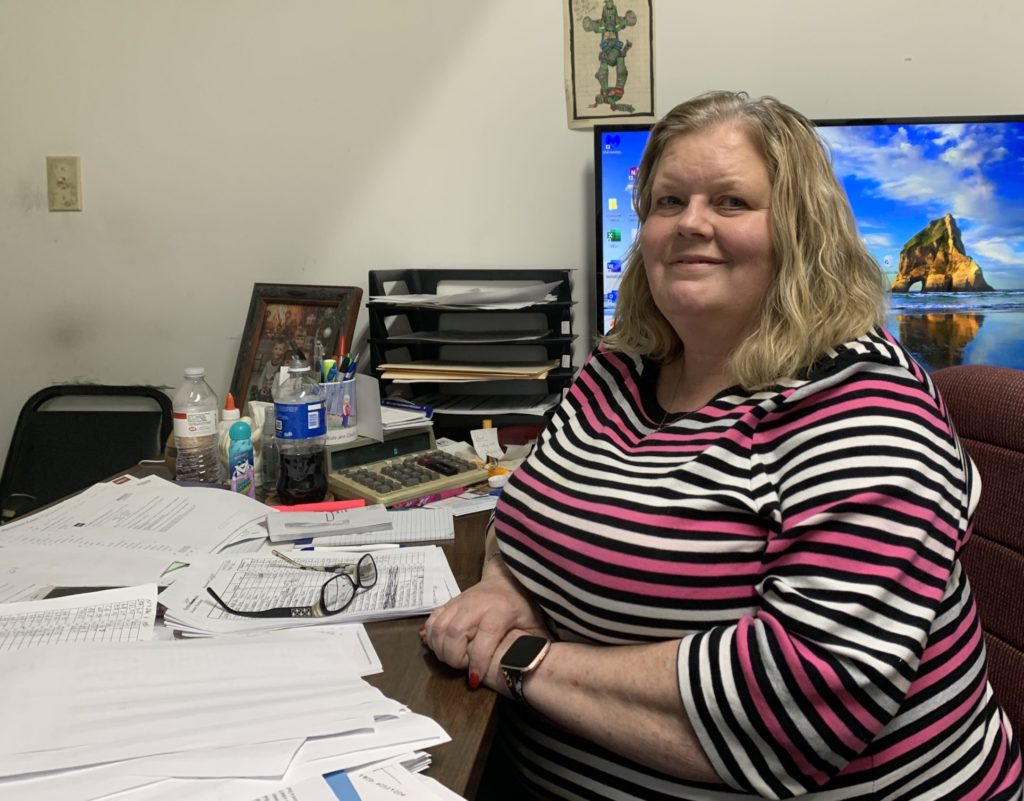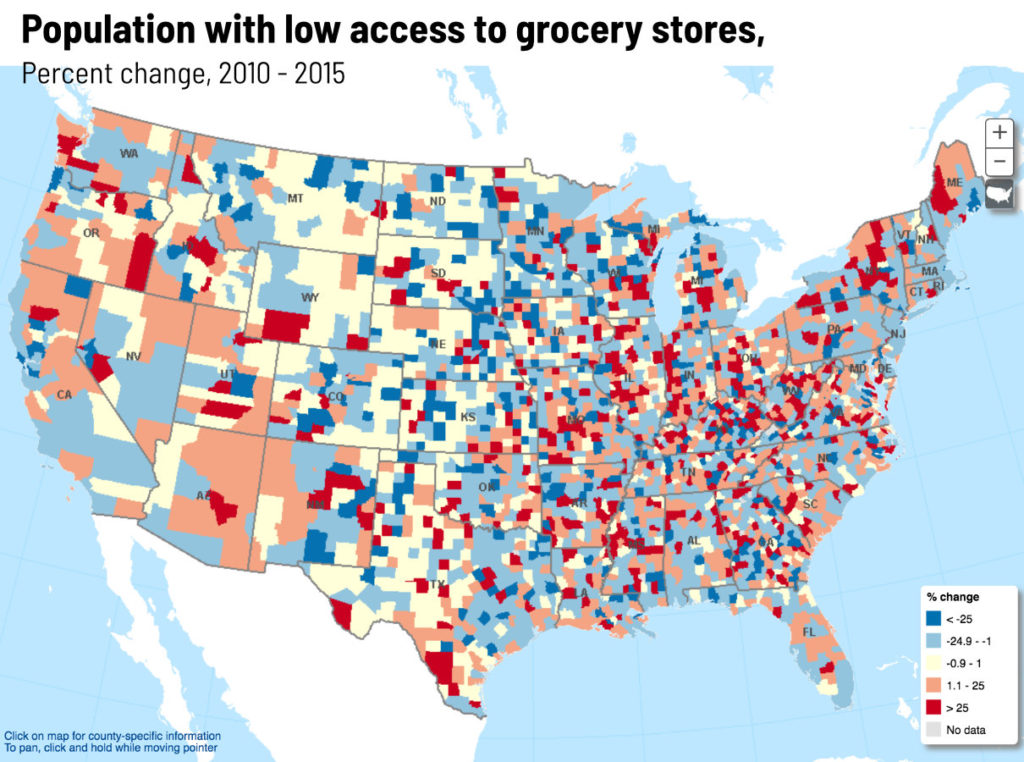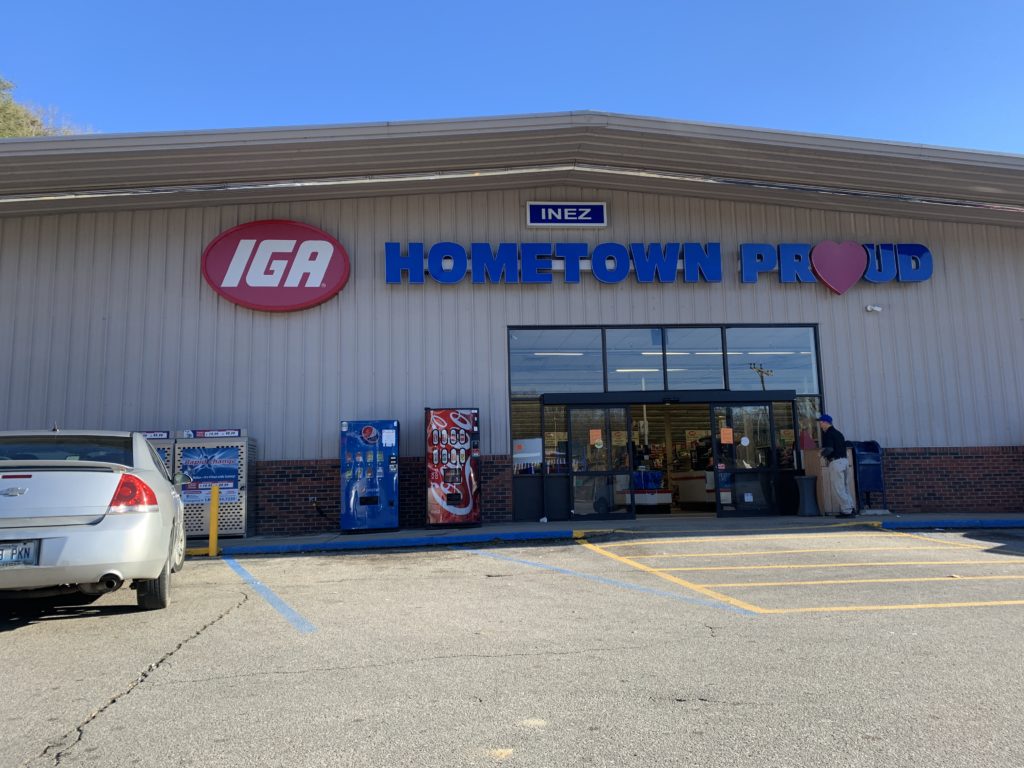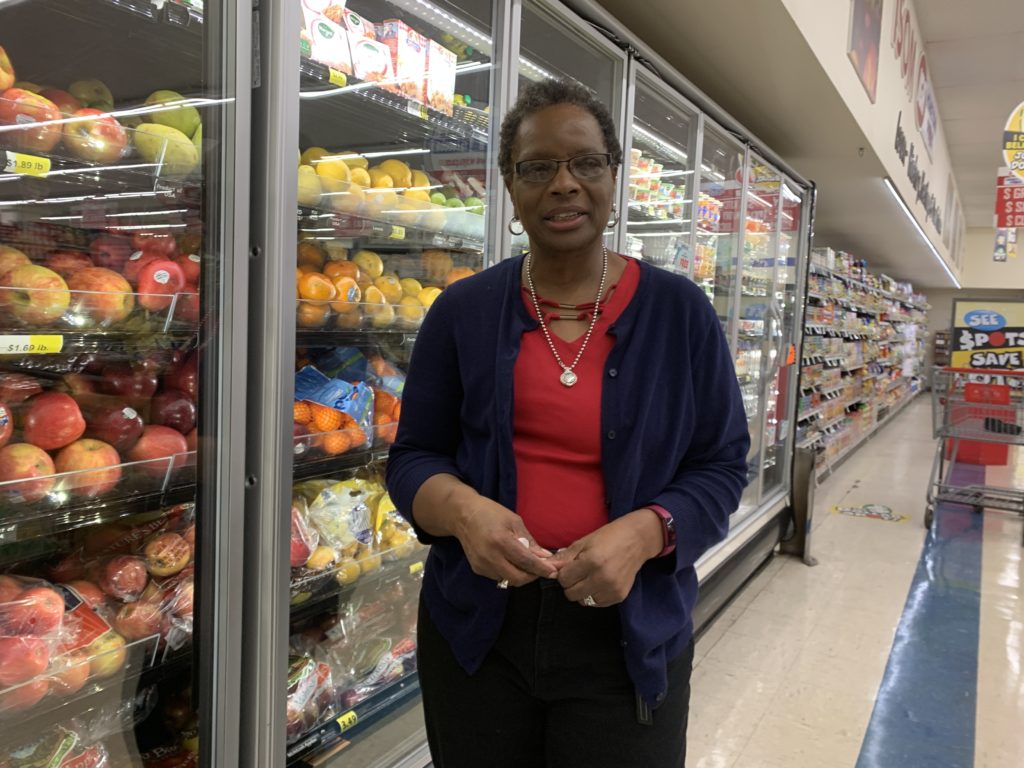News
Grocers in Rural Coal Country Struggle to Stay in Business
By: Sydney Boles | Ohio Valley ReSource
Posted on:
There’s a picture frame on the wall next to the customer service desk in the IGA in Inez, Kentucky. Inside the frame is a scrap of beige meat-counter paper, on which a man named Derle Ousley sketched the layout for an ad announcing the opening of his very first grocery store.

A Mississippian by birth, Ousley moved to Martin County after he served in the Korean War and noticed that Inez, the county seat, had no grocery store. So he opened one.
The supermarket burned down twice, and was rebuilt as many times. It rebranded as the Inez IGA, and Judith Ousley, who was four when the store opened for the first time, took over from her dad.
“He died five years ago this month,” Ousley said. “I’ve tried my best to keep it going, but when the coal left, so did a lot of people. It’s rough.”
When the Inez IGA closed its doors on January 6, the deli was empty and dark. The shelves were mostly bare. Every so often, a customer trundled a rickety shopping cart through the silent aisles.
Like much of Kentucky, which has lost 63 percent of its coal jobs since 2009, Martin County has struggled economically. The county has also made news in recent years for its beleaguered drinking water system, and as the coal jobs went away, so, too, did Ousley’s customer base.
“Back in the boom days, say 30 years ago, we would do $200,000 in a week. Now it’s about $75,000.”

Sarah Congleton is already feeling the loss. “Today is the first day of the IGA being closed, and my assistant Robin is searching the county for bagels. Not even whole wheat bagels. Just bagels. And we can’t,” Congleton said.
Congleton works with the University of Kentucky extension office in Inez as the family and consumer science agent. The extension office had been working with the IGA to encourage healthy purchases, like lean meats and whole grains.
The extension office had a grant from the Centers for Disease Control and Prevention to address Martin County’s high rates of diabetes and obesity. The work was hard enough with a grocery store, Congleton knew. How could she begrudge a mom on a limited budget for buying junk food she knew her kid would eat over an apple that she knew would go to waste?
Losing the store made that even harder.
“If you’re trying to combat food accessibility and then there goes your grocery store, what do we do?” she asked.

Challenges and Creativity
Inez joins a growing list of rural communities across the country losing their grocery stores, as declining rural populations mean fewer shoppers, and small-town independent groceries find it hard to compete with big box chain stores.
According to an Ohio Valley ReSource analysis of U.S. Department of Agriculture data, between 2010 and 2015, 135 counties in the Ohio Valley saw an increase in the percent of the population with low access to grocery stores. That’s 51 percent of counties in Kentucky, Ohio and West Virginia, compared to 40 percent nation-wide. Ohio saw the greatest increase in low access at 58 percent of counties. The USDA defines low access as .5 miles or more from a grocery store in an urban area and 10 miles or more away in a rural area.

There’s no central organization tracking the closures of rural grocery stores nationwide, but Rial Carver at Kansas State University’s Rural Grocery Initiative knows it is a national problem. “We often get calls saying, ‘Okay, the grocery store just closed, what can we do?’” Carver said. Those calls come from as far away as Alaska and Maine, sometimes in the same week.
According to Carver, the largely rural state of Kansas lost about 100 rural groceries between 2008 and 2018. Declining or aging rural populations, stagnant rural wages, price competition from chain stores, and a generation of mom-and-pops retiring have all contributed to that, and the effect on the grocery’s home community can be stark.
Carver says that particularly in rural areas, grocery stores do more than just provide access to nutritious food. “They can serve as gathering places and be a place to allow for community cohesion,” Carver said. “So if the grocery store goes away, then the community loses those things.”

But there is a silver lining. Carver says that of the 100 groceries that have closed in Kansas, roughly half of them have reopened, largely due to creative thinking by community members.
“We have seen in the last couple of years more examples of different ownership models,” she said. “So instead of that traditional mom-and-pop, maybe the community steps in and owns the store, or maybe the community runs the store.”
Other communities open coffee shops inside a grocery to turn it into a community gathering place. A Florida town opened its own government-run grocery store after it lost its privately owned one, and stores in Kansas are exploring non-profit models.
Renewable Change
Eastern Kentucky is also home to some creative solutions, as one grocer attacks high energy bills in order to lower overhead costs.
About an hour south of Inez, the IGA in Isom, Kentucky, is bustling. Gwen Christon, who owns the store, noticed the same trends Judith Ousley did: declining foot traffic, lower incomes in the community, and less revenue. She raised her concerns with her account manager at Kentucky Power, the local energy utility, who happened to be a customer at her store.
A few months later, Christon had taken out a loan from the Mountain Association for Community and Economic Development. The nonprofit focuses on economic transition in coal country and, among other things, issues loans to small businesses. Christon used the loan to replace her open refrigerator cases with closed-door cases that would cost less to cool.

Next, Christon replaced her roof to add more insulation, further reducing her electric bill. “And then once I get the new roof on, the next thing I want to do is go solar,” Christon added.
Back in Martin County, Ousley plans to run the IGA’s other location in Warfield for a bit, but is looking forward to retiring and starting to volunteer rocking babies at the local hospital. For her employees, the future is a little less certain. Crystal Newsome, a longtime employee, has secured a position at the Warfield IGA, but hopes to move away from her home town soon.
“It’s sad, I guess. It’s just gonna be a ghost town.”


